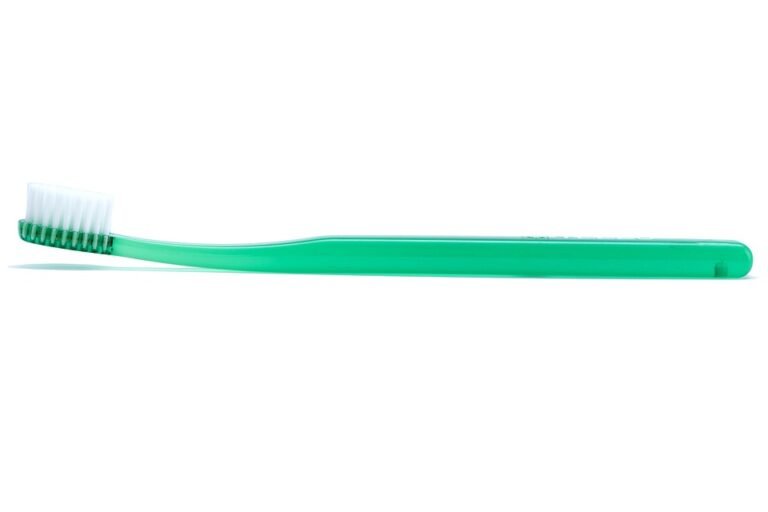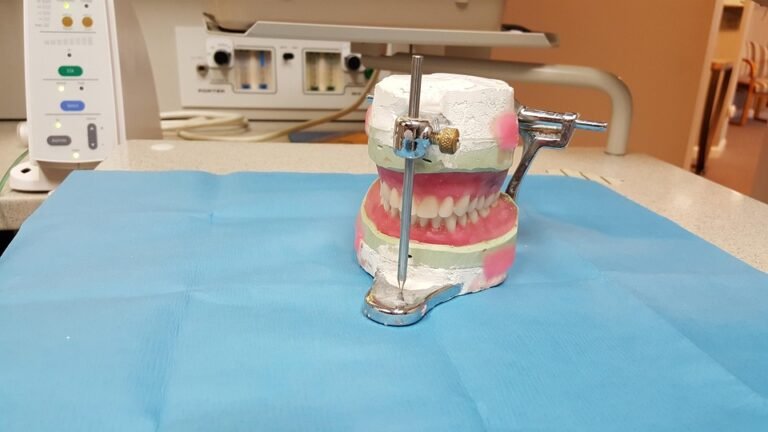What are the benefits of standardized photography protocols in smile analysis
I’m working on a research project that’s evaluating the effectiveness of different orthodontic treatments on smile aesthetics. A big part of our evaluation involves smile analysis using photographs. We’ve been having issues with consistency and accuracy because each clinician is taking photos slightly differently – different angles, lighting, patient positioning, you name it. This is making it really hard to compare "before" and "after" smiles objectively across different patients treated by different doctors. We need to implement standardized photography protocols for taking intraoral and extraoral photographs used in smile analysis.
So, what are the specific benefits of implementing standardized photography protocols? I’m talking about things like improved reliability, reduced bias, what else? And how specifically do those benefits translate to better outcomes in the overall smile analysis process, especially in a research setting like mine? Think about things like measuring lip position, tooth display, gingival display, those sorts of aesthetic parameters. How does standardizing the photography improve the accuracy and consistency of those measurements? What are the downstream effects on the validity of our research findings if we don’t standardize?
Answer
Standardized photography protocols in smile analysis offer numerous benefits across various aspects of dental and aesthetic practice, including diagnosis, treatment planning, communication, research, and education. These protocols ensure consistency, accuracy, and comparability of images, which are crucial for achieving predictable and optimal outcomes.
Enhanced Diagnostic Accuracy:
- Consistent Image Quality: Standardized protocols define specific camera settings (ISO, aperture, shutter speed), lighting conditions (type, intensity, direction), and background parameters. This ensures that images are consistently exposed and free from distortions, allowing for accurate assessment of tooth shade, gingival color, and soft tissue contours.
- Reproducible Perspectives: Protocols dictate specific patient positioning and camera angles (frontal, lateral, oblique views), ensuring that the smile is consistently captured from the same perspectives. This facilitates accurate measurement of dental and facial proportions, identification of asymmetries, and detection of subtle changes over time.
- Reduced Variability: By minimizing variations in image acquisition, standardized protocols reduce the risk of misinterpretations and diagnostic errors. This leads to more accurate assessments of existing conditions and identification of potential problems.
Improved Treatment Planning:
- Precise Documentation: Standardized photographs serve as a comprehensive record of the patient’s initial condition, providing a baseline for treatment planning and outcome evaluation. They allow the dental team to visualize and analyze the smile in detail, identifying specific areas that require attention.
- Predictable Outcomes: By using standardized images to plan treatments, dentists can more accurately predict the final outcome. Digital smile design (DSD) software can be used in conjunction with these images to simulate treatment results and visualize the anticipated appearance of the smile.
- Facilitated Interdisciplinary Collaboration: Standardized photographs can be easily shared with other specialists (orthodontists, surgeons, prosthodontists) to facilitate collaborative treatment planning. This ensures that all aspects of the patient’s oral and facial aesthetics are considered.
Effective Communication:
- Patient Education and Informed Consent: Standardized photographs can be used to educate patients about their existing condition, explain the proposed treatment plan, and demonstrate the potential benefits. This helps patients make informed decisions and increases their satisfaction with the treatment.
- Laboratory Communication: Standardized photographs provide dental technicians with a clear and accurate representation of the patient’s smile, enabling them to create restorations that are aesthetically pleasing and functionally sound. They help convey information about tooth shade, shape, and position, as well as gingival contours and lip dynamics.
- Communication Among Professionals: Standardized images facilitate communication among dental professionals, allowing them to share information, discuss treatment options, and collaborate on complex cases. This improves the overall quality of care and reduces the risk of misunderstandings.
Research and Education:
- Data Collection and Analysis: Standardized photographs are essential for conducting clinical research on smile aesthetics. They allow researchers to collect and analyze data on various aspects of the smile, such as tooth proportions, gingival display, and lip movements.
- Training and Education: Standardized images can be used as teaching aids to educate dental students and practitioners about smile analysis and treatment planning. They provide a consistent and reliable source of information for learning and skill development.
- Development of Aesthetic Standards: By analyzing large datasets of standardized photographs, researchers can develop evidence-based standards for smile aesthetics. This can help dentists to create smiles that are both aesthetically pleasing and harmonious with the patient’s facial features.
Legal and Ethical Considerations:
- Accurate Record Keeping: Standardized photographs provide a detailed and accurate record of the patient’s condition before, during, and after treatment. This can be invaluable in the event of legal disputes or ethical concerns.
- Protection Against Misrepresentation: Standardized photographs can help to protect dentists against accusations of misrepresentation or malpractice. They provide clear evidence of the treatment provided and the outcomes achieved.
- Compliance with Regulations: In some jurisdictions, the use of standardized photography protocols may be required by regulatory bodies. This ensures that dentists are adhering to accepted standards of care and providing high-quality treatment.
In summary, standardized photography protocols in smile analysis offer a wide range of benefits that enhance diagnostic accuracy, improve treatment planning, facilitate communication, advance research and education, and protect both patients and practitioners. By ensuring consistency, accuracy, and comparability of images, these protocols contribute to predictable and optimal outcomes in dental and aesthetic practice.


